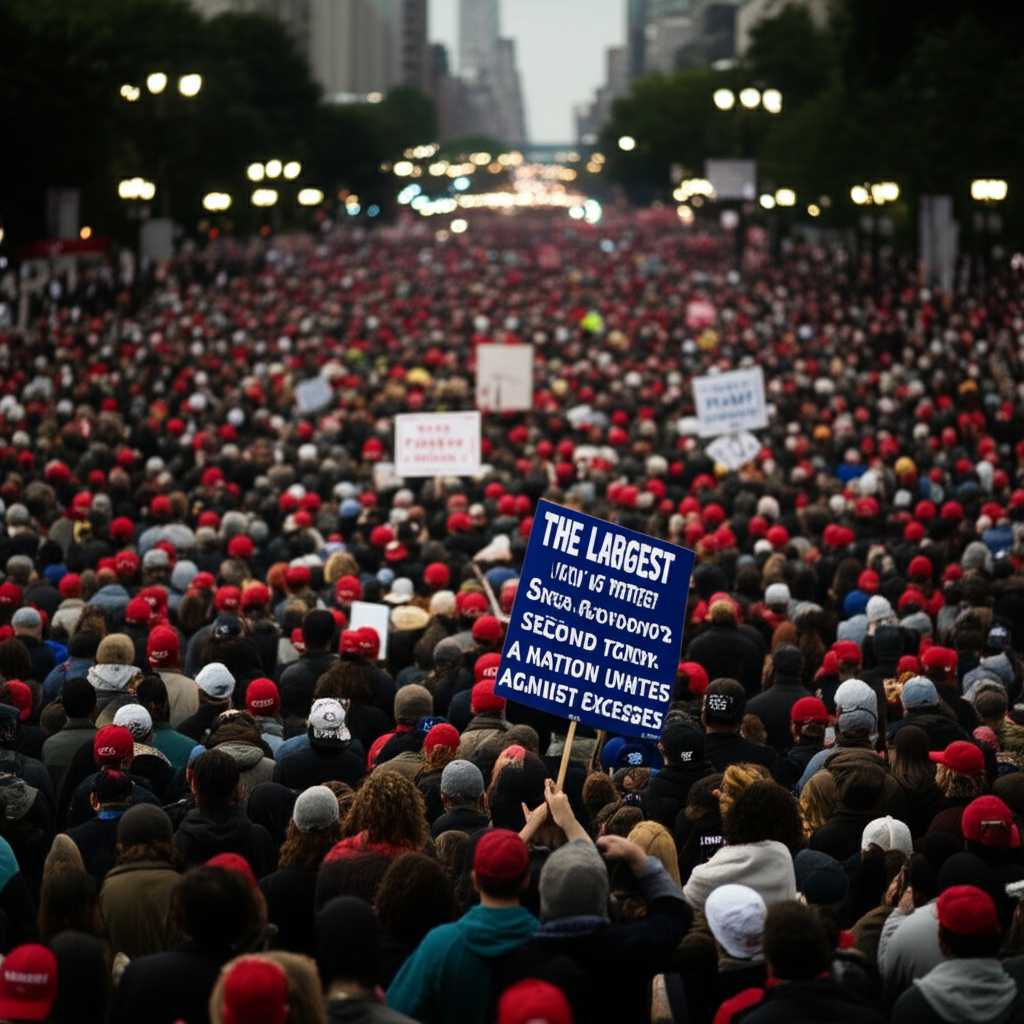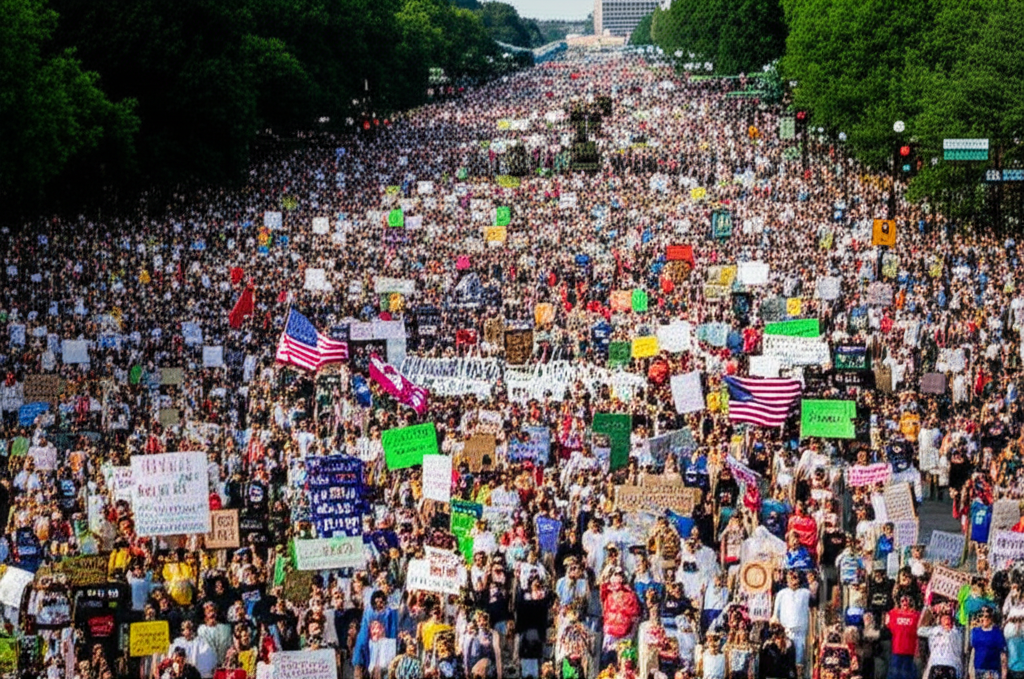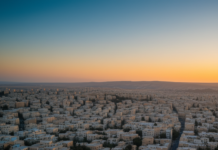Contents
Protesters March Against Trump’s Proposed Military Parade

No Kings:
The Largest Day of Protest Since Trump’s Second Term: A Nation Unites Against Excesses
As the tanks and soldiers parade through the streets of Washington on Saturday, a stark contrast emerges in the form of millions of people across the country who will be taking to their communities to speak out against the excesses of Donald Trump’s administration. The protests, dubbed “No Kings,” are set to take place in approximately 2,000 sites nationwide, from big cities to small towns, marking what is expected to be the biggest day of protest since his second term began.
The Scale and Scope of Mobilization
A coalition of more than 100 groups has come together to plan these protests, which are committed to a principle of nonviolence. The interest in the Saturday protests has risen significantly following this week’s deployment of national guard and US marine troops to Los Angeles to crack down on protesters who have demonstrated against Trump’s ramped-up deportations. This show of military force hasn’t been seen in the US since the civil rights era, but it seems to be having a galvanizing effect on the opposition.
In Texas, Governor Greg Abbott has deployed his state’s national guard to manage protests ahead of No Kings and amid ongoing demonstrations against Trump’s immigration agenda. Meanwhile, Florida Republican Governor Ron DeSantis has been quoted as saying that people can legally run over protesters with their cars if they’re surrounded – a chilling assertion that raises more questions than answers.
What’s Behind the Protests?
A website for the protest cites several reasons why people are turning out in force, including Trump’s defying of the courts, mass deportations, attacks on civil rights, and slashing of services. The rallying cry is clear: “The corruption has gone too far. No thrones. No crowns. No kings.” But what exactly does this mean for the future of American democracy?

A Contrasting Message in Washington D.C.
In a deliberate choice to draw contrast with the military parade, organizers have decided not to hold a protest in Washington D.C. Instead, Philadelphia will host a flagship march, and a DC-based organization is hosting a “DC Joy Day” that aims to celebrate the city’s people, culture, and connections to one another.
The Rise of Opposition
Since the start of his second term, opposition to Trump has grown significantly, manifesting in protests and demonstrations against issues ranging from Elon Musk’s car company to retribution agendas and government cuts. As Harvard’s Crowd Counting Consortium notes, there have been three times as many protests by the end of March 2025 compared to 2017, during Trump’s first term – a staggering difference that underscores the scale and scope of mobilization in recent years.
What Will Saturday Bring?
As millions take to the streets across the country, one question remains: what will this be a turning point for? Will it mark a shift in the national conversation about Trump’s presidency, or simply another chapter in a long and complex saga of resistance and activism? Only time will tell.
In conclusion, Saturday’s protests represent a moment of great importance in the ongoing struggle against the excesses of Trump’s administration. As the nation comes together to demand change, it remains to be seen whether this movement will achieve its goals or fade into memory. One thing is clear: the voices of millions are now being heard, and they won’t be silenced.










































 Online casino
Online casino